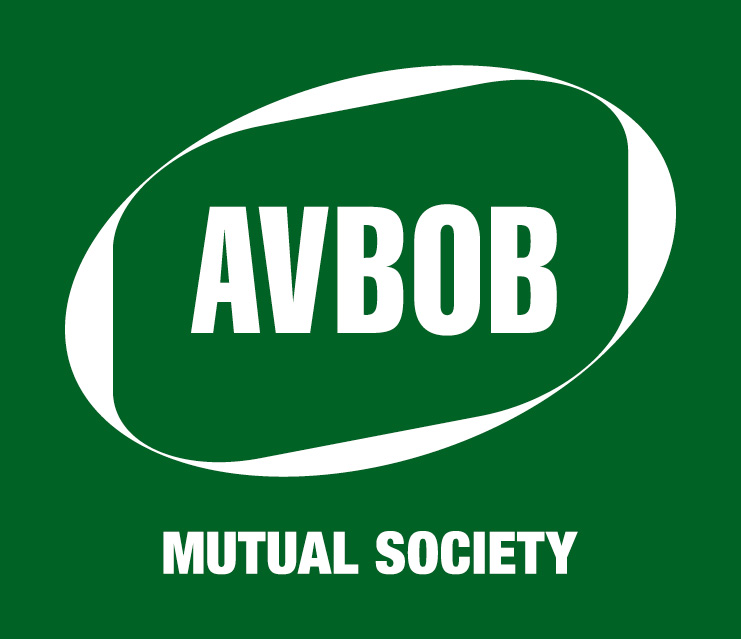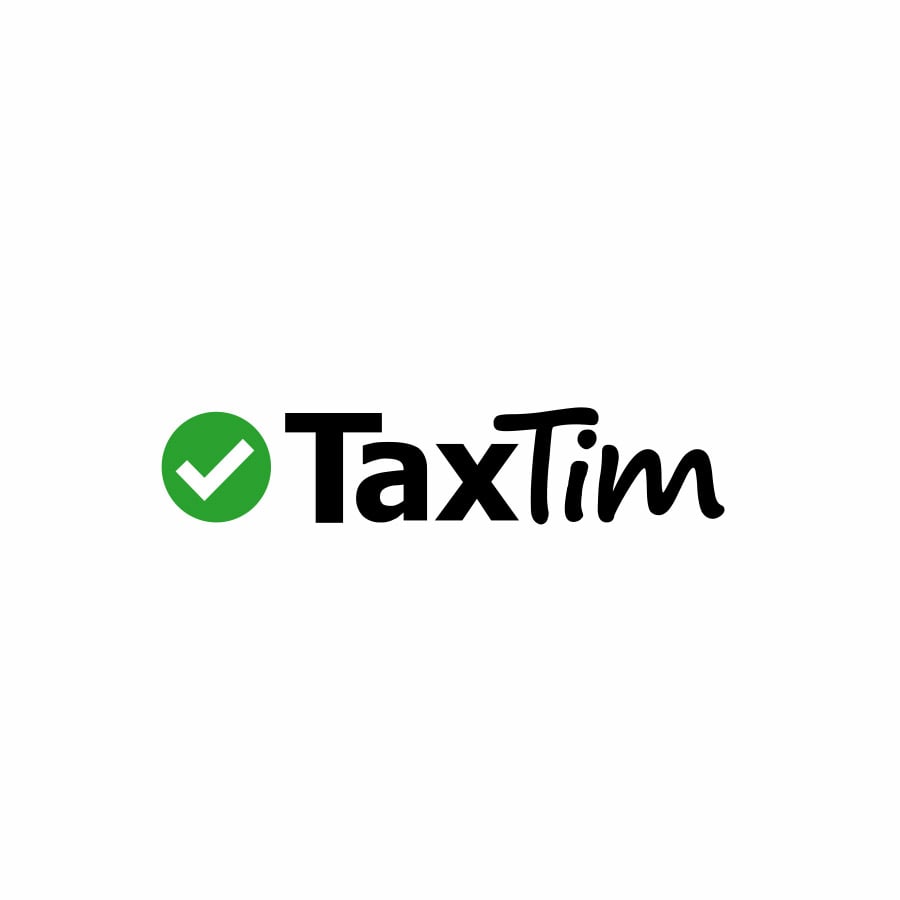
Everything you need to know about financial vision boards
It’s never too late in the year to set financial goals and aspirations of what you’d like to achieve in the short- and long-term. A popular way of setting such goals is creating a financial vision board.
What is a financial vision board?
It’s a visual representation of your unique goals to help you stay motivated.
Your financial vision board should include specific examples that resonate with you. These can be in the form of pictures, quotes, affirmations, graphs, charts, etc. Examples include:
- Your dream home or car
- The travel destinations you want to visit
- Starting your own business or side hustle
- Paying off a loan or debt
- Saving enough for an emergency fund
- Contributing to charity
- Financial growth through investments
- Luxury items
- Furthering your studies
What are the benefits of creating a financial vision board?
- It clarifies your financial goals
- It encourages you to achieve your set goals
- It guides your decisions as you want to align your actions with your financial objectives
- Visualisation is a powerful way to reinforce your financial beliefs
- It helps you track your progress and keeps you accountable
How can I create a financial vision board?
You can download our financial vision board template as a starting point and customise it to your unique needs. Here’s a step-by-step guide of what you’ll need to create your board:
Step 1: Set clear goals
Identify your goals and be specific about the amount of money you need for each of these goals. Include timelines of when you’d like to achieve each of your goals.
Step 2: Collect visual representations
Gather images, quotes, graphs, art supplies and any other materials you want to use for your board. You can print these or cut it out from magazines.
Step 3: Decide on your placements
Arrange your materials on the board until you are satisfied with the overall look. You can create sections for different goals and organise them based on short- (1 month to 1 year) or long-term (1 year to 5 years) goals.
Step 4: Add affirmations
Include handwritten notes and positive statements on your board to reinforce a positive financial mindset.
Step 5: Display in a visible place
You need a constant reminder of your financial goals, so place your board in a location where you will see it daily.
Step 6: Reflect regularly
Take time to reflect on the goals that you’ve set for yourself. Are you making progress? What’s working and what’s not working?
Step 7: Be flexible
Your financial vision board is not set in stone. Your goals can evolve or change over time. Allow yourself to accept change and adjust accordingly.
Don’t limit yourself and be as creative as you want with your vision board. It’s there to positively influence your financial journey and approach to money goals.
What are the next steps?
Once you’ve created your financial vision board, it’s important to have plans in place to make your financial goals a reality. Here are some tips to get you started:






























